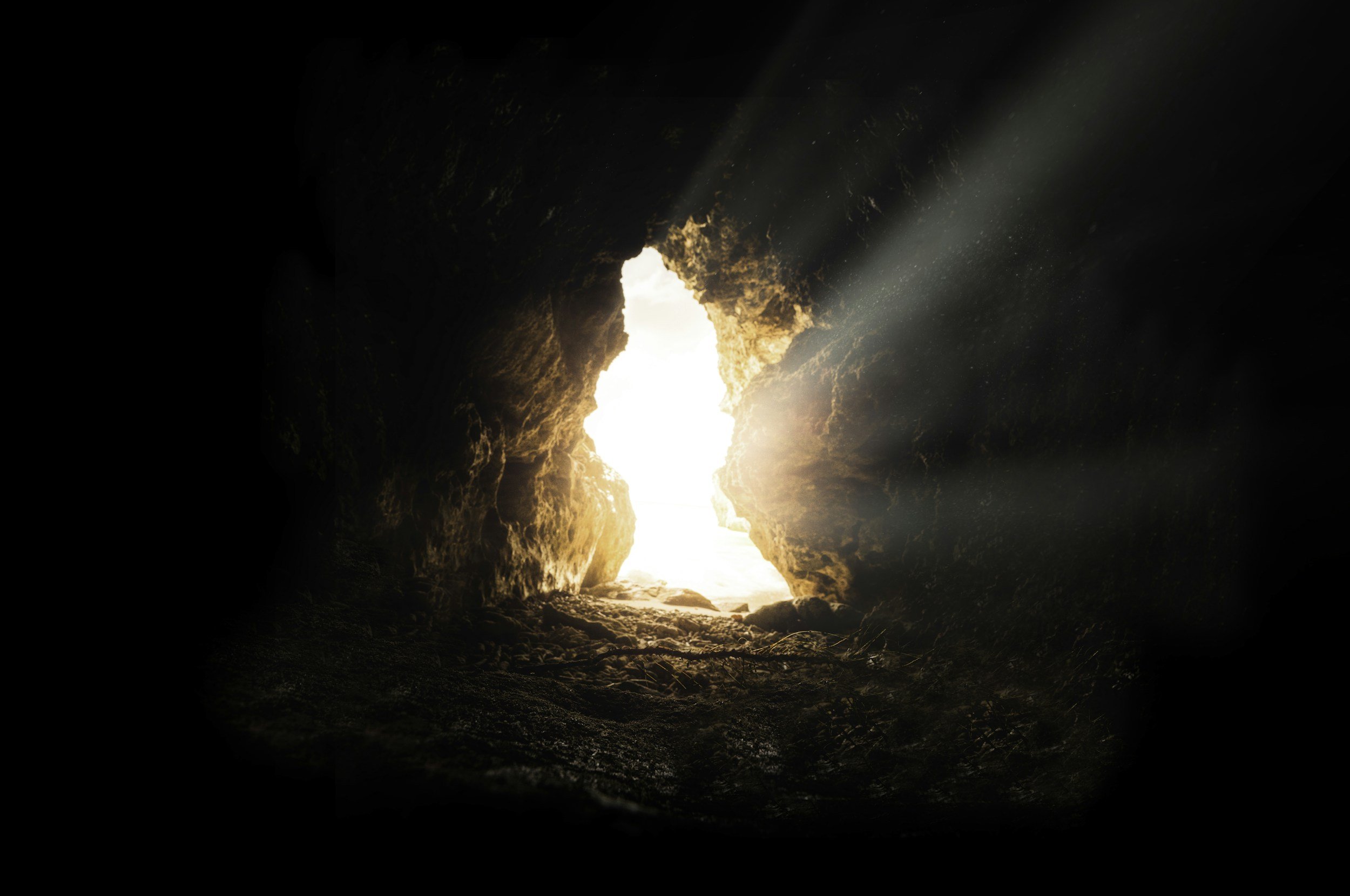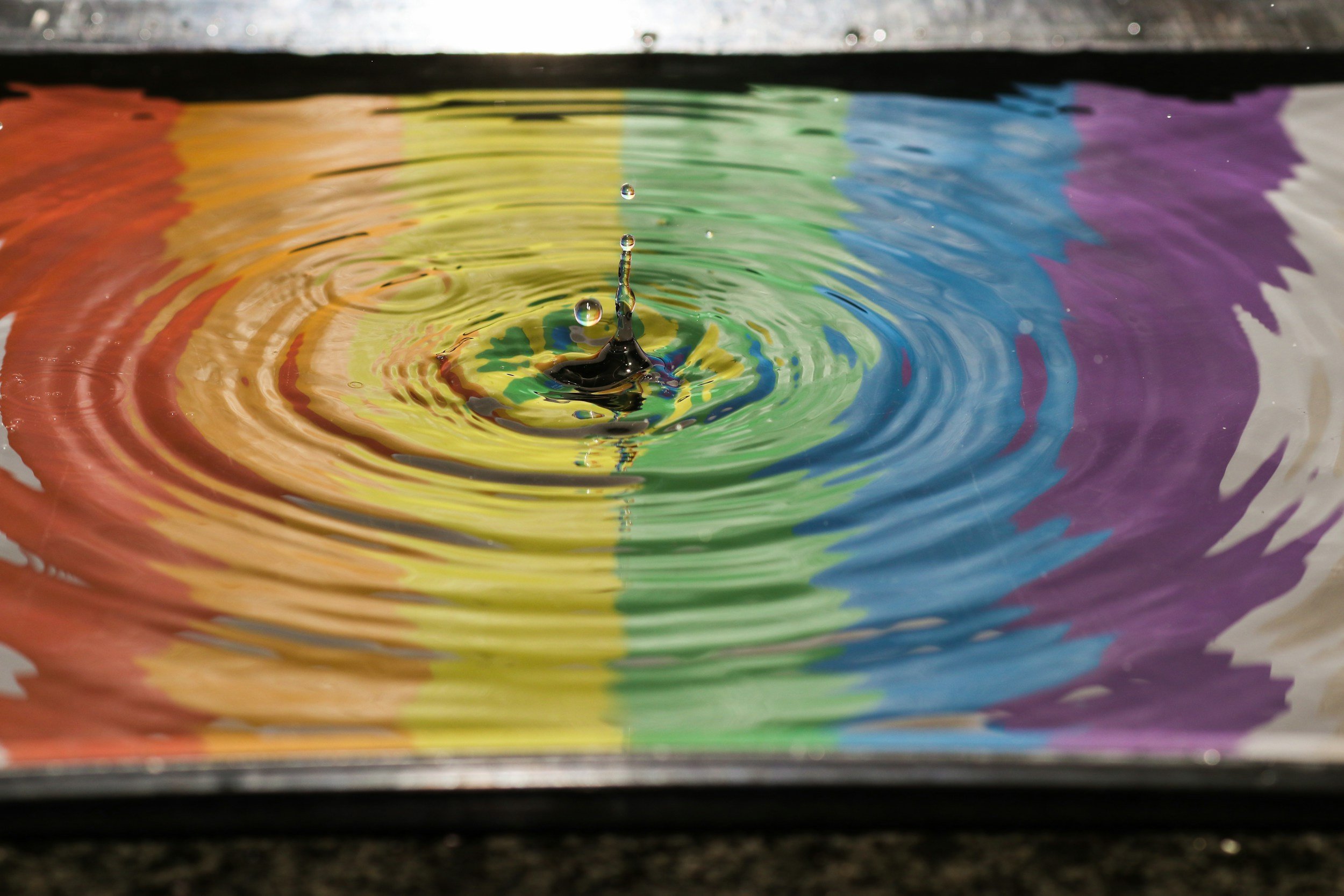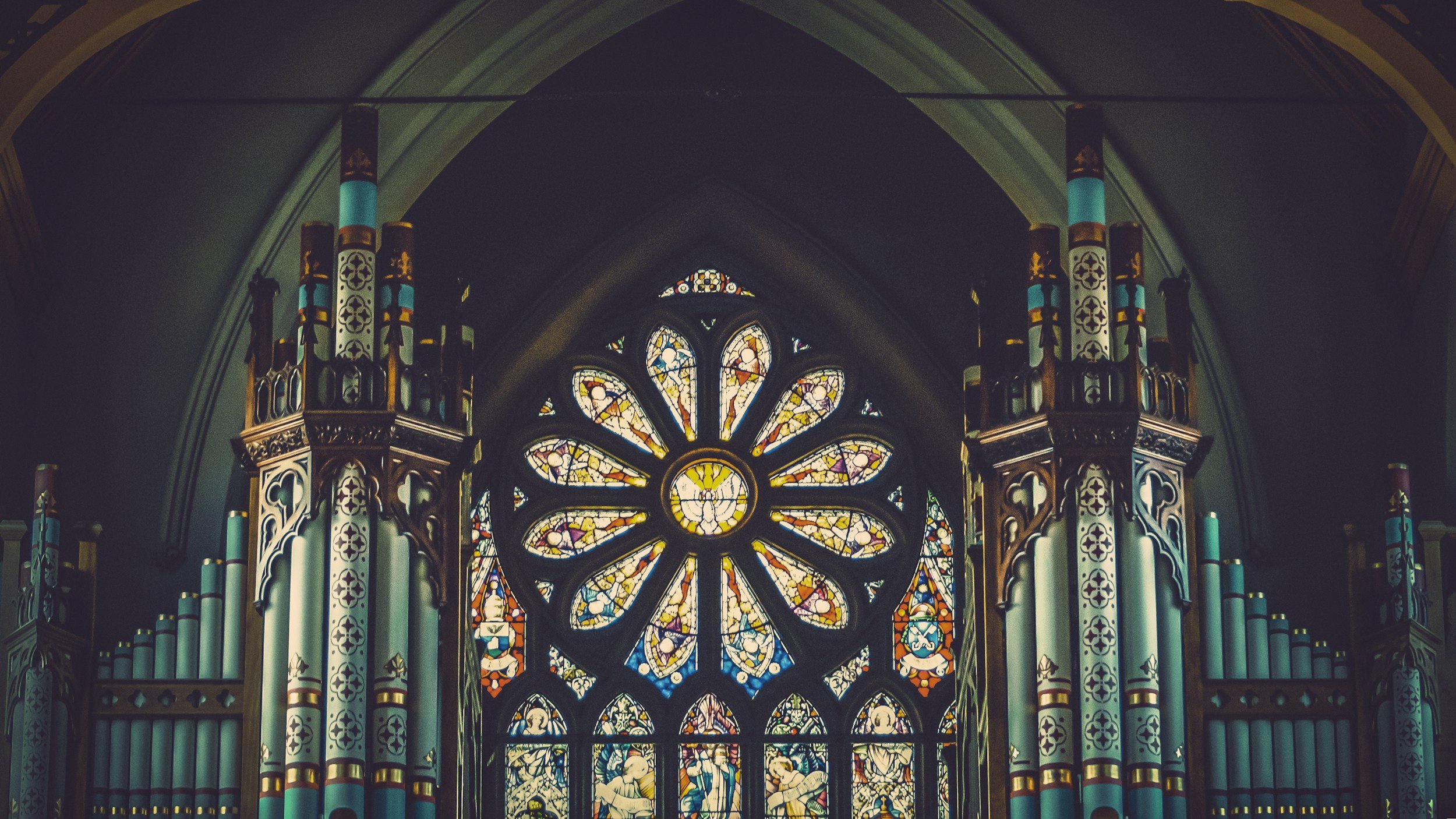
Christianity :
Quiet Flame of Mystical Devotion
Christianity, for many, evokes both deep reverence and deep rupture. It has been a source of profound healing, ancestral lineage, colonial harm, and personal transformation. For those of us raised in its shadow—whether lovingly or painfully—there is a sacred reclamation in returning to its mystic roots.
This page is not about doctrine. It is about mystical Christianity—the contemplative, intimate path of union with the Divine, as walked by desert mothers and fathers, by monastics and poets, by rebels and saints.
It is a reminder that within the Christian lineage, beneath the institutions and interpretations, lies a tender and radiant core: the heart of Christ consciousness, love in its most direct and embodied form.
Reclaiming the Sacred : Christianity Beyond Empire
To engage with Christianity today is to enter a deeply complex terrain—one where profound mystical truths live side by side with legacies of harm. Across centuries, the institutional Church has aligned itself with empire, patriarchy, and colonial expansion. What began as a message of liberation from the margins was often weaponized to dominate, convert, and erase.
And yet, beneath the overlays of power and dogma, something essential remains.
This page does not attempt to speak for all of Christianity—nor could it. Instead, it seeks to honor the stream of Christian mysticism and heart-centered devotion that has always pulsed underneath the surface. It is a reclamation of Christ Consciousness as a state of divine love, radical forgiveness, and inner union—not as a distant savior, but as a presence alive in each of us.
Many mystics have spoken of a “Second Coming.” What if that coming is not a figure descending from the sky, but a collective awakening of compassion, humility, and truth? What if it arrives through the restoration of the Divine Feminine, long exiled from the center of Christian life?
To heal the rift within Christianity—and within ourselves—we must put the Mother back at the head of the table. We must remember Mary Magdalene not as a footnote, but as a keeper of wisdom. We must reweave what was torn: intuition and intellect, softness and strength, body and spirit.
This offering is not a rejection of faith, but a return to it—cleansed, clarified, and re-centered in love.
Let this be an invitation to engage with Christianity not as a system to submit to, but as a lineage that can still be lived in truth—when liberated from the systems that once distorted it.

Mary Magdalene: Apostle of the Heart
Mary Magdalene has long been misunderstood—reduced to caricature, silenced by patriarchal retellings, her true role veiled for centuries. But in the mystical tradition, she is remembered not as a fallen woman, but as the beloved disciple, the one who remained when others fled, the first witness to resurrection.
She represents:
Radical devotion
Deep spiritual intimacy with the Divine
Embodied gnosis—truth known not through doctrine, but through experience
In many mystical circles, Mary Magdalene is seen as a symbol of sacred feminine wisdom and as a keeper of hidden teachings—what some call the Christos Sophia tradition. Her presence invites us to heal our relationship to the feminine within Christianity, and to remember that the divine is not only Father but Mother, not only King but Lover, not only Above but Within.
Christian Mysticism :
Inner Union, Silent Knowing
Mystical Christianity is not about belief. It is about direct encounter—the ineffable experience of oneness with God, or what the mystics might call “the Cloud of Unknowing.” It is a path walked in silence, longing, and love.
Practices often include:
Contemplative prayer (e.g., Centering Prayer, as taught by Thomas Keating)
Lectio Divina, the sacred reading of scripture
Chant and sacred music (Gregorian, Taizé, Hildegard of Bingen)
Mystical writings (St. John of the Cross, Teresa of Ávila, Julian of Norwich)
Devotional rituals rooted in beauty, presence, and interiority
Mystics across the centuries—many of them women—have described ecstatic union, divine darkness, the womb of God, and the flame of unceasing love that burns at the center of all things.

-
The Gospel of Mary Magdalene (translated by Jean-Yves Leloup)
Mary Magdalene Revealed by Meggan Watterson
The Cloud of Unknowing (anonymous, 14th-century Christian mystical text)
Interior Castle by St. Teresa of Ávila
Showings by Julian of Norwich
Hildegard of Bingen: Scivias and her illuminations
-
Cynthia Bourgeault (Christian contemplative, Magdalene scholar) cac.org/cynthia-bourgeault
Richard Rohr, Center for Action and Contemplation cac.org
James Finley (former Trappist monk, mysticism teacher)
-
Centering Prayer groups (worldwide)
Magdalene Circles / Divine Feminine Study Circles
The Contemplative Society
The Abbey of the Arts

Reflection :
To engage with Christianity mystically is to soften into mystery. It is not to cling to certainty, but to surrender into love. Mary Magdalene stands as a threshold keeper to that mystery—beckoning us not to memorize, but to remember.
If you have been wounded by Christianity, let this page be a door to healing. If you are longing for more from the tradition, may it serve as a rekindling. If you are new to this lineage, may it offer a taste of its hidden wellspring.
Christ lived as love. Magdalene walked beside him. The mystics listened for God in silence.
May you find yourself among them—in your own way, and in your own time.




